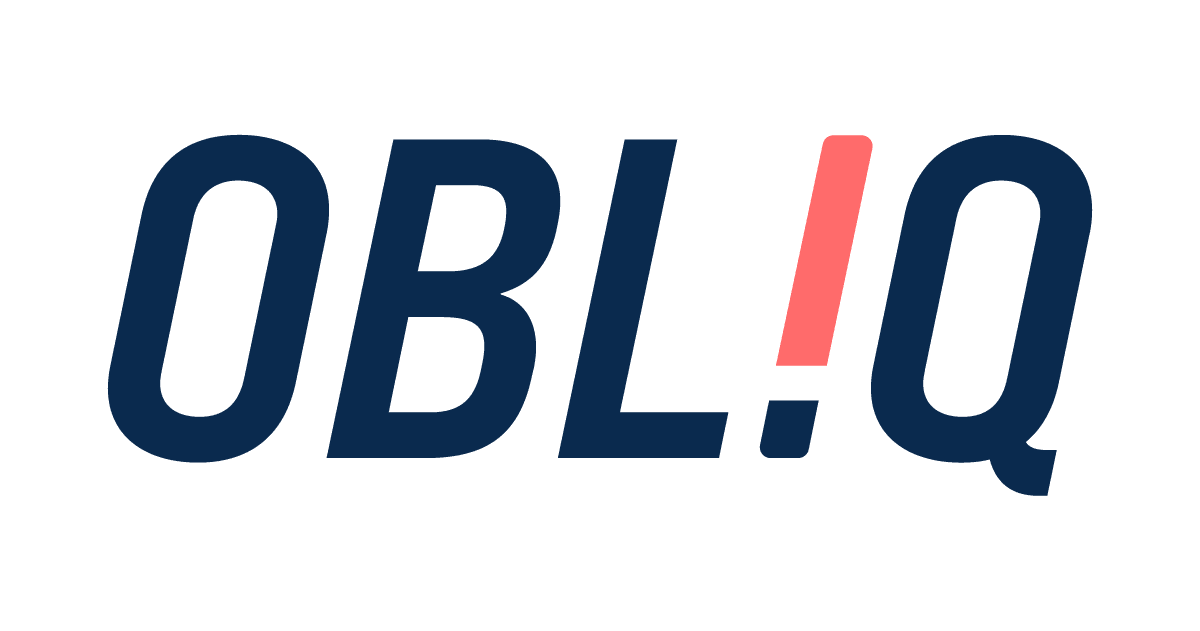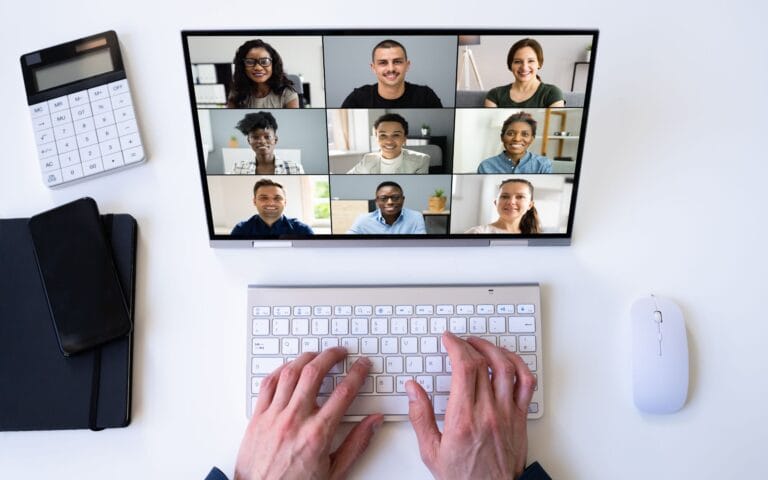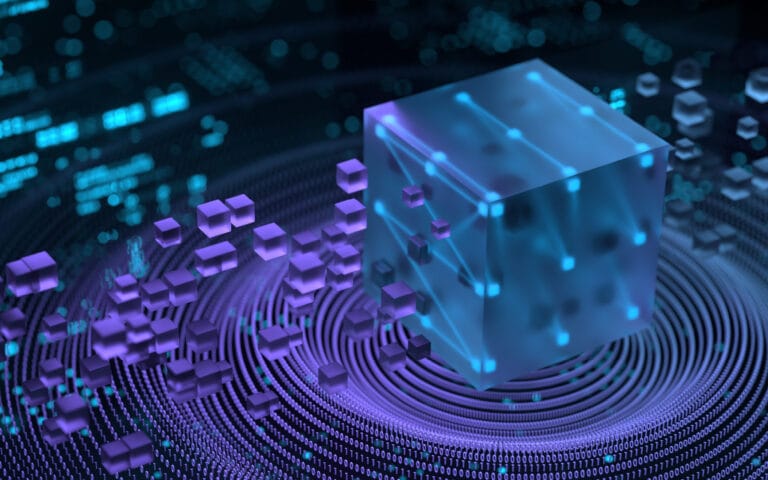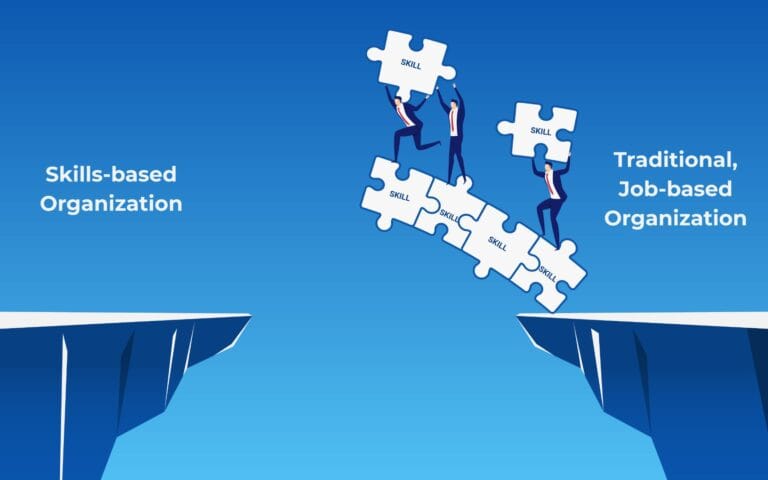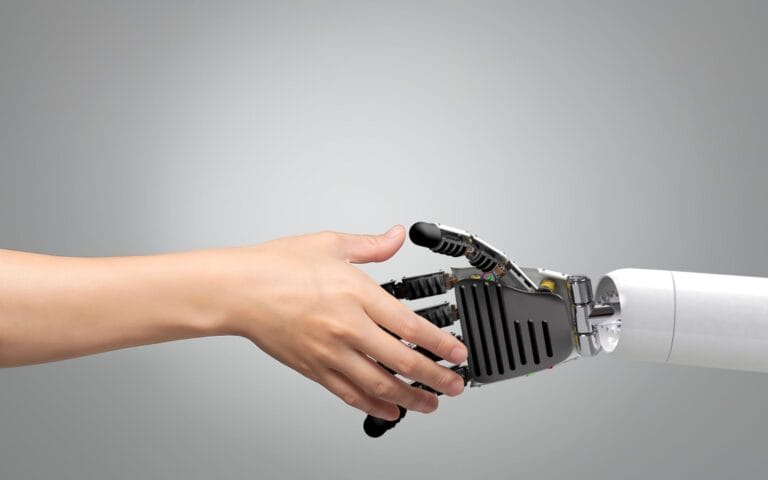The corporate learning landscape is in a constant state of evolution. For years, the Learning Management System (LMS) was the administrative backbone of training, but its rigidity led to disengaged learners, with one study finding 88% of learners felt their LMS experience was not engaging (Source: Skillscaravan). The Learning Experience Platform (LXP) emerged as a necessary and welcome revolution, shifting the focus to a more consumer-grade, personalized, and flexible learning experience. It was a crucial step forward.
The Evolution of Corporate LearnTech
ERA: 1990s - 2010s
LMS
Focus on administration, compliance, and tracking formal training. A top-down, command-and-control approach.
ERA: 2010s - Present
LXP
Focus on engagement, personalization, and content curation. A learner-centric, on-demand experience.
ERA: Present & Future
Capability Academies &
Talent Intelligence
Focus on strategic impact, skills intelligence, and internal mobility. An AI-driven, business-aligned ecosystem.
But the evolution doesn’t stop there. While the LXP excels at content delivery and learner engagement, a gap remains in its ability to connect learning directly to deep-seated business strategy and measurable capability growth. Today’s most forward-thinking organizations are asking more from their technology. They need a system that doesn’t just offer learning but intelligently cultivates, maps, and mobilizes the skills that drive competitive advantage.
This is the next frontier: the era of the capability academy and the talent intelligence platform. Powered by sophisticated AI in learning, these systems represent a fundamental shift from enhancing the learning experience to strategically building the workforce of the future. This is the future of LearnTech—a future where learning is inextricably linked to performance, mobility, and business impact.
“We don’t care what people know, we care what they do. It’s all about performance.”
– Michael Allen
The LXP: A Critical Stepping Stone, Not the Final Destination
We must give the LXP its due. It fundamentally changed the learning game by introducing a suite of features designed for the modern workforce. By mirroring the consumer tech experience, the LXP successfully moved the needle on engagement.
The Promise of the LXP
We must give the LXP its due. It fundamentally changed the learning game by introducing a suite of features designed for the modern workforce. By mirroring the consumer tech experience, the LXP successfully moved the needle on engagement.
- Personalization through AI: Using algorithms to recommend content based on roles and interests.
- Content Aggregation: Pulling in a diverse range of resources from articles to podcasts.
- Social Learning Functionalities: Creating channels for peer-to-peer knowledge sharing.
The LXP: Promise vs. Reality
The Learning Experience Platform was a revolutionary step, but understanding its limitations is key to unlocking what's next.
The Promise: An Engaging, Learner-Centric World
Personalization
AI-driven recommendations create individualized learning paths based on user roles and interests, promoting autonomy.
Content Aggregation
A rich library pulling from diverse sources. This chart shows a typical LXP content mix.
Social Learning
Fosters a community of practice through discussion forums, peer reviews, and shared content curation.
The Reality: Strategic Gaps Remain
Superficial Strategic Alignment
Recommendations are often tied to learner interest, not critical business capabilities, creating a disconnect from core strategy.
The "Knowing-Doing" Gap
Access to information doesn't guarantee application. Worsened by the "experience gap":
61%
of employers have increased experience requirements.
Limited Skill Verification
Better at serving content than robustly assessing and verifying the acquisition of complex, business-critical skills.
Integration Challenges
Can become another siloed system, creating a fragmented user experience if not seamlessly integrated with the HR tech stack.
The Reality: Persistent Gaps
However, the LXP was a stepping stone, not the final destination. Practitioners found that while engagement was up, several persistent gaps remained:
- Superficial Strategic Alignment: Recommendations were often tied to an individual’s stated interests rather than the critical capabilities the business needed to build for its future. The focus was on what the employee wanted to learn, not necessarily what the organization needed them to learn.
- Limited Skill Verification: LXPs are better at serving up content than they are at robustly assessing, verifying, and tracking the development of complex skills in a way that informs broader talent management decisions.
- The "Knowing-Doing Gap": Providing access to a vast library of information doesn't automatically translate into improved on-the-job performance. This is compounded by an "experience gap," where 61% of employers have increased experience requirements for roles, making the need for applied learning even more critical.
- Integration Challenges: An LXP often becomes another system to manage, sometimes creating a fragmented experience if not perfectly integrated with a legacy LMS and other HR systems.
The Rise of the Capability Academy: Learning as a Strategic Weapon
As organizations seek a much tighter link between learning investment and business performance, the capability academy has emerged as a powerful solution. Championed by industry analyst Josh Bersin, this model re-frames learning not as a content library, but as a dynamic, strategic asset. Bersin defines it as “an architected collection of programs, content, experiences, assignments, and credentials based on a functional area.”
What makes a capability academy different?
LXP vs. Capability Academy
A side-by-side comparison of two pivotal LearnTech models.
| Feature | Learning Experience Platform (LXP) | Capability Academy |
|---|---|---|
| Primary Purpose | Enhance learner engagement and provide broad access to diverse content. | Build strategic, business-critical capabilities, often unique to the company. |
| Sponsorship | Typically driven by L&D or individual learners' interests. | Led by business leaders (e.g., C-suite, GMs) to solve strategic challenges. |
| Content Strategy | Aggregation and curation from a wide array of internal and external sources. | Architected collection of programs, experiences, and assignments focused on specific capabilities. |
| Key Success Metrics | Engagement rates, content consumption, learner satisfaction (e.g., NPS). | Business impact, performance improvement, innovation rates, financial outcomes (e.g., revenue, EBITDA). |
| Learner Focus | Focus on individual learning paths, personal interests, and self-directed exploration. | Development of specific capabilities aligned with the learner's business function and the company's strategy. |
| Business Alignment | Personalized to roles and interests, but often has a less direct or superficial link to evolving strategic goals. | Directly aligned with and driven by strategic business needs and top-level priorities. Learning is a core part of the business plan. |
- Business-Led Sponsorship: They are championed by C-suite and functional leaders to solve specific, strategic challenges. A marketing academy, for example, might be sponsored by the CMO to win a creative award, as was the case with AB InBev. This top-level buy-in ensures learning is directly tied to business priorities.
- Focus on Proprietary Capabilities: The goal isn't just to teach generic skills. It’s to build the unique, often proprietary, capabilities that give a company its competitive edge—be it in operations, innovation, or customer service.
- Holistic and Experiential Learning: They are designed to bridge the "knowing-doing gap" by blending formal learning with real-world projects, mentorship from experts, and collaborative problem-solving. This holistic approach develops not just technical skills but also critical "power skills" like complex problem-solving and critical thinking.
High-performing L&D organizations are already embracing this model. Research from Bersin shows that these firms are three times more likely to outperform others in talent outcomes and one and a half times more likely to exceed financial targets (Source: ATD).
The Talent Intelligence Platform: The AI Engine for Skills and Mobility
If the capability academy is the strategic framework, the talent intelligence platform (TIP) is the powerful AI engine that brings it to life. These platforms move beyond learning to create a holistic, data-driven view of the entire talent lifecycle, unifying learning, performance, career growth, and internal mobility.
“I don’t think I’ve ever seen a technology in HR that has as much potential as this.”
– Josh Bersin on Talent Intelligence
A talent intelligence platform uses AI in learning and HR to create a truly skills-based organization. Its core functionalities include:
The Core of the Talent Intelligence Platform
These three AI-powered functions work together to create a dynamic, skills-based talent ecosystem.
AI-Powered Skills Infrastructure
By analyzing data from across the business (resumes, projects, reviews), the platform infers and creates a dynamic, real-time skills taxonomy. This provides an unprecedented, always-on understanding of an organization's capabilities.
REAL-WORLD EXAMPLE
Johnson & Johnson's "MySkills" platform, which forms the foundation of its strategic workforce planning.
Internal Talent Marketplace
The platform's most transformative feature. It connects employees' skills and career aspirations with internal projects, gigs, mentorships, and full-time roles, democratizing opportunity and unlocking hidden talent.
MEASURABLE ROI
$21M
in unlocked productivity at Mastercard in the first year.
Data-Driven Career Pathing
Empowers employees to own their professional growth. The platform illuminates potential career pathways within the organization and suggests a personalized roadmap of skills and experiences needed to get there.
RETENTION IMPACT
77%
of employees would rather stay with their current employer if a suitable internal role were available.
AI-Powered Skills Infrastructure
By analyzing data from across the business (resumes, project data, performance reviews), these platforms can infer and create a dynamic, real-time skills taxonomy. This gives organizations an unprecedented understanding of their existing capabilities. Johnson & Johnson’s “MySkills” platform is a prime example, using AI to infer skills across its global workforce to power its talent strategy (Source: Eightfold AI).
The Internal Talent Marketplace
This is often the most transformative feature. A talent marketplace connects employees’ skills and aspirations with internal projects, gigs, mentorships, and full-time roles. It democratizes opportunity and makes internal mobility a reality. Mastercard, with its “Unlocked” platform, generated $21 million in unlocked productivity in the first year, while Schneider Electric’s “Open Talent Market” has filled over 5,700 project roles and 12,000 mentorships internally (Source: Gloat). The business case is compelling: employees who are promoted internally are 70% more likely to stay long-term, and hiring internally can be up to five times cheaper than hiring externally.
Data-Driven Career Pathing
TIPs empower employees to own their careers by showing them potential pathways within the organization, identifying the skills needed for future roles, and recommending a personalized development plan to get there. This is a powerful retention tool, especially when 77% of employees say they would rather stay with their current employer if a suitable internal role were available.
AI: The Connective Tissue of Modern Talent Development
Artificial intelligence is the thread that weaves all of this together. It’s the “great connector” that links an employee’s skills to the right learning, the right project, and the right career move.
From Learning Metrics to Business Impact
AI enables sophisticated analysis to connect investments in skill development to key business metrics like productivity, innovation rates, and employee retention, finally allowing L&D to prove its ROI.
Proactive, Not Reactive
Predictive analytics help forecast future skill needs based on strategic goals and market shifts, allowing businesses to build their talent pipeline before a critical gap emerges. This is crucial in an environment where nearly 45% of current workplace skills are expected to change in the next five years (Source: World Economic Forum).
Fueling Equitable Mobility
By focusing on underlying skills rather than traditional markers like job titles, AI can surface non-obvious candidates for opportunities, making the internal mobility process more efficient and equitable.
The data underscores the urgency of this shift. With the half-life of a skill now estimated to be just five years (Source: HR Daily Advisor), and 86% of HR leaders prioritizing internal mobility (Source: Harver), the need for a more intelligent, agile approach to talent is undeniable.
Making the Transition: A Practitioner's Playbook
For L&D and HR practitioners, this evolution is an opportunity to elevate their role from administrator to strategic orchestrator. Successfully navigating this transformation requires a new playbook.
- Embrace a Skills-First Mindset: Champion a common language of skills across the business. Work to build a culture where continuous skill development is valued and seen as a shared responsibility.
- Forge Deep Business Partnerships: Move beyond being a service provider to becoming a strategic partner. Collaborate closely with C-suite and functional heads to accurately identify the critical capabilities the organization needs now and in the future.
- Become a Data-Driven Storyteller: Develop the competency to leverage the rich analytics from these platforms. Use the data to make informed decisions about talent strategy, measure program effectiveness, and demonstrate tangible ROI to business leaders in the language they understand.
- Lead the Change with Empathy: Implementing these new systems requires significant changes in how employees learn and managers lead. Proactive and thoughtful change management—including clear communication, stakeholder engagement, and addressing cultural resistance—is critical for successful adoption.
From Content Delivery to Capability Building
The journey from the rigid LMS to the flexible LXP was about modernizing the delivery of learning. The next great leap—to AI-powered Capability Academies and Talent Intelligence Platforms—is about transforming the very purpose of corporate learning. It’s a fundamental shift from content delivery to strategic capability building.
This new paradigm closes the loop between learning, talent management, and real-world work, creating a single, intelligent ecosystem that drives workforce agility. It equips businesses to not only respond to change but to lead it with confidence. The future of LearnTech isn’t just more efficient or more engaging; it’s more intelligent, more strategic, and more deeply connected to the heart of the business.
Ready to begin your journey? A great first step is to assess your organization’s readiness to Unlock What’s Next!
